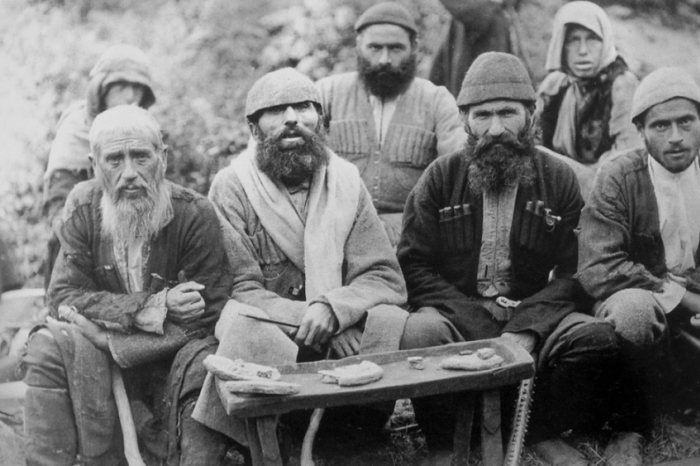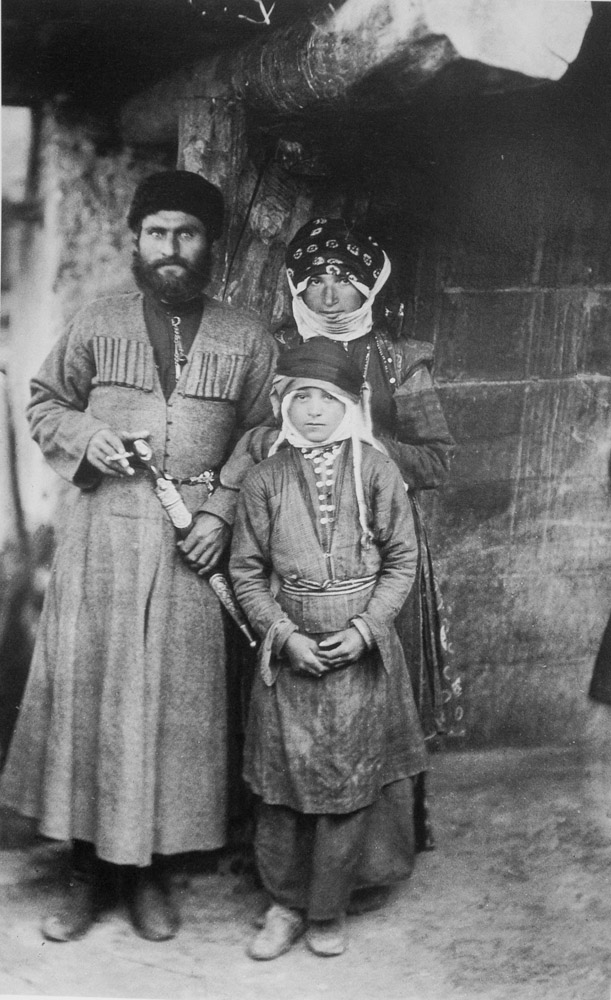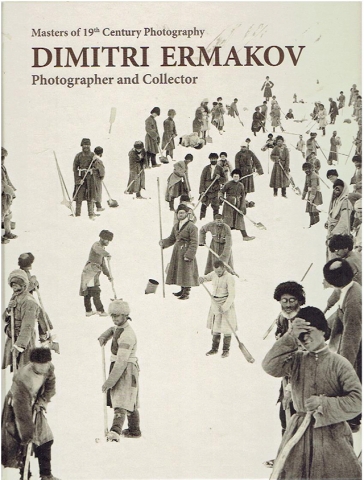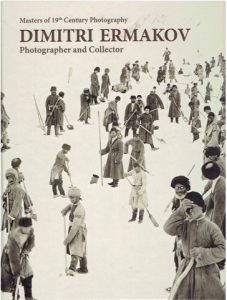Discovering 19th Century Georgia in Images, Part 1
Georgia has had long contact with outsiders who entered and began getting to know it, both those hostile and seeking to conquer it and those who were conquered by its beauty and numerous charms. The 19th century really saw the numbers of such visitors increase and, as this century had also seen the birth and popularization of photography in its 3rd decade, many of the country’s first photographs were taken by foreign visitors as well as by Georgians themselves.
Typically the equipment used was large, unwieldy, slow, tripod-mounted, manually focused and using only natural light. Before the convenience of film, a single large glass plate was coated with light-sensitive photographic emulsion in as near total darkness as possible, dried, then stored and transported in the same darkness. It would then be inserted into the back of the camera box, adjustments of focus and aperture made, and the image recorded, possibly lasting some seconds but up to a few minutes if indoors and using window light.
Subjects had to remain as still as possible during the process so as to avoid being blurred during the exposure; with varying degrees of success. That gave you ONE image; repeat as many times as necessary for more. None of this point and click!

The resulting negative, for some decades only in black and white, could then be chemically fixed on the glass, and light passed through it onto photographic paper in a darkroom to make a positive, or print.
If one takes into account the levels of comfort on roads and rural areas in the 19th century, transporting one’s entire body of equipment intact around a country must not have been cheap or easy. The carriages and horses or donkeys needed, plus perhaps drivers and porters, all added to the expense and slowness of pace. Many village roads would have been far rougher, and more subject to the vagaries of weather muddying or freezing them up, than today, when they can nonetheless be a challenge. It is perhaps a wonder that photographs were taken at all; but as someone himself obsessed with the art and craft, this writer can attest that one does what one can to record the moment, in any situation.
Some of Georgia’s early photographers were Russians, and the country itself already absorbed into the Russian Empire, so whether they were foreigners or not is an open question. Others were definitely from beyond the pale, further away. One of the most famous of the former is Dmitri Yermakov (1846-1916); of the latter, Vittorio Sella (1859-1943). However, one must also include many others, and many Georgians too, especially such as Aleksandre Roinashvili (1846-98), rightly considered the father of Georgian photography, for a complete study of the period’s noted regional artists in the medium, active anywhere from Tbilisi itself to as far away from it as they could reach.

Yermakov was important as both a photographer of Georgia and elsewhere, and as one who collected and thus successfully preserved the images of many Georgian photographers of his day. In this way he reached far beyond his own body of work, multiplied what he could do alone many times over, and widened the photographic record of his times into many genres and styles, lovingly gathered and assured an audience for decades and centuries to come. He amassed 119 albums, nearly 26000 photos, over 15000 negatives and almost 28000 stereoscopic images.
Click here for Discovering 19th Century Georgia in Images, Part 2
By Tony Hanmer for Where.ge











